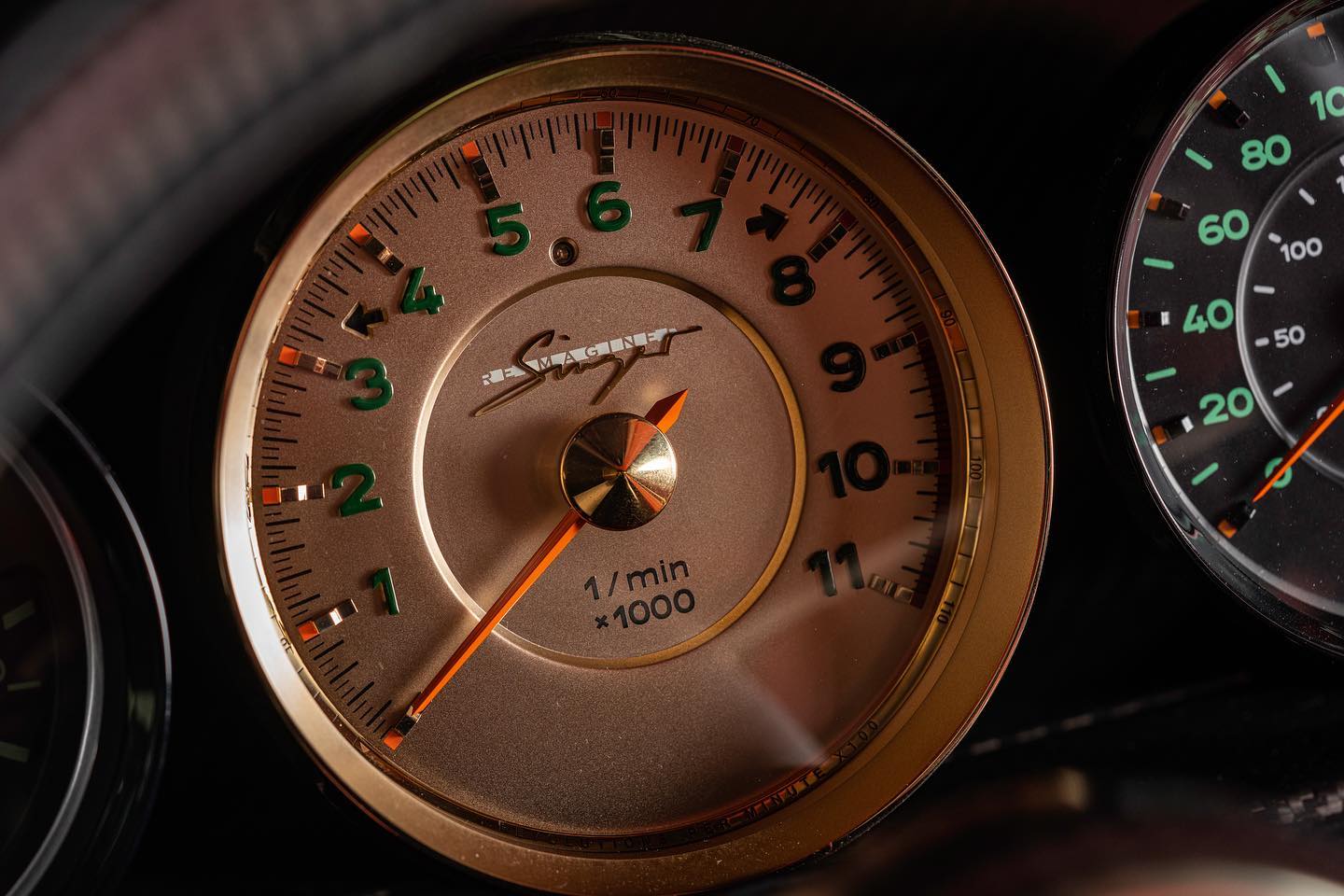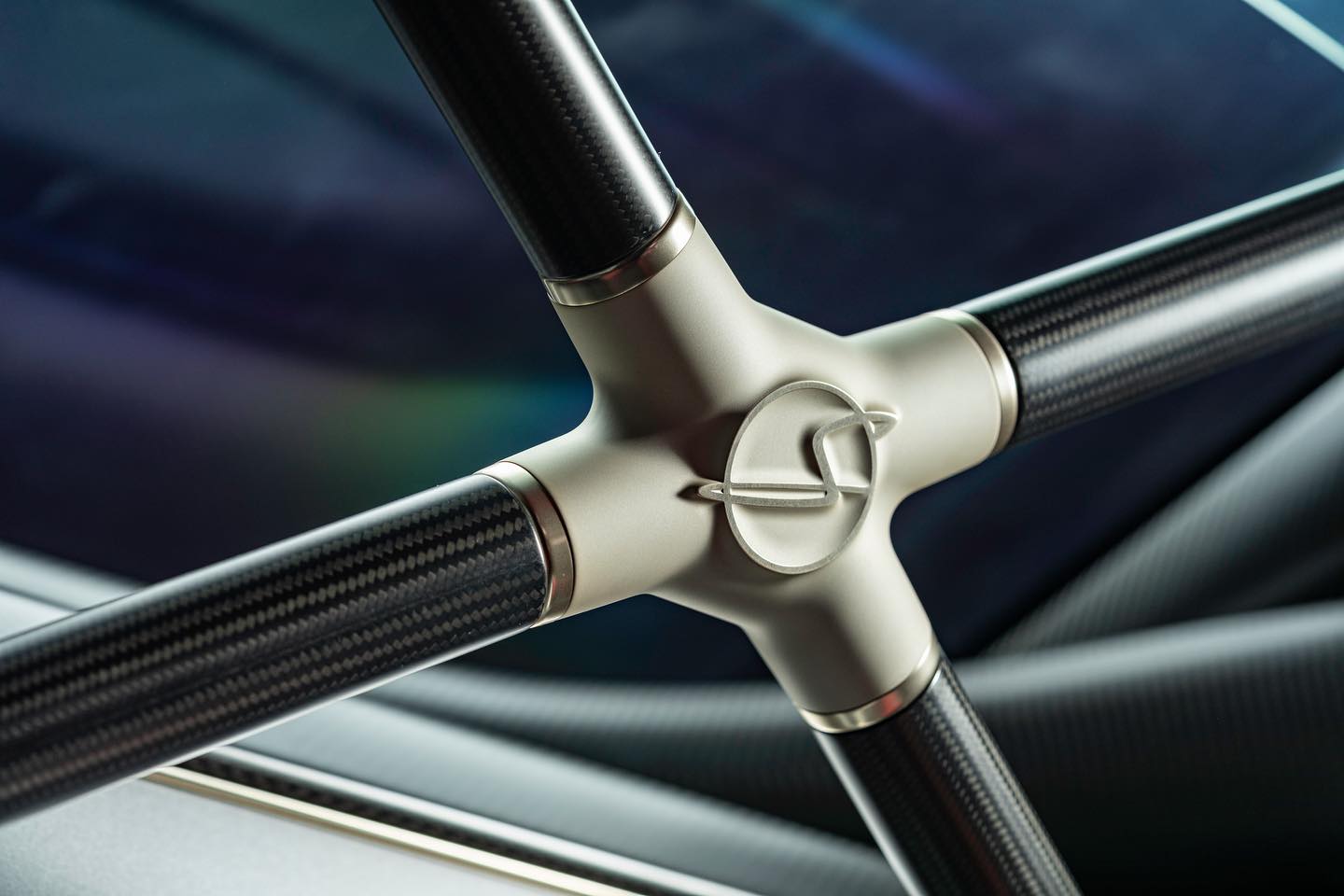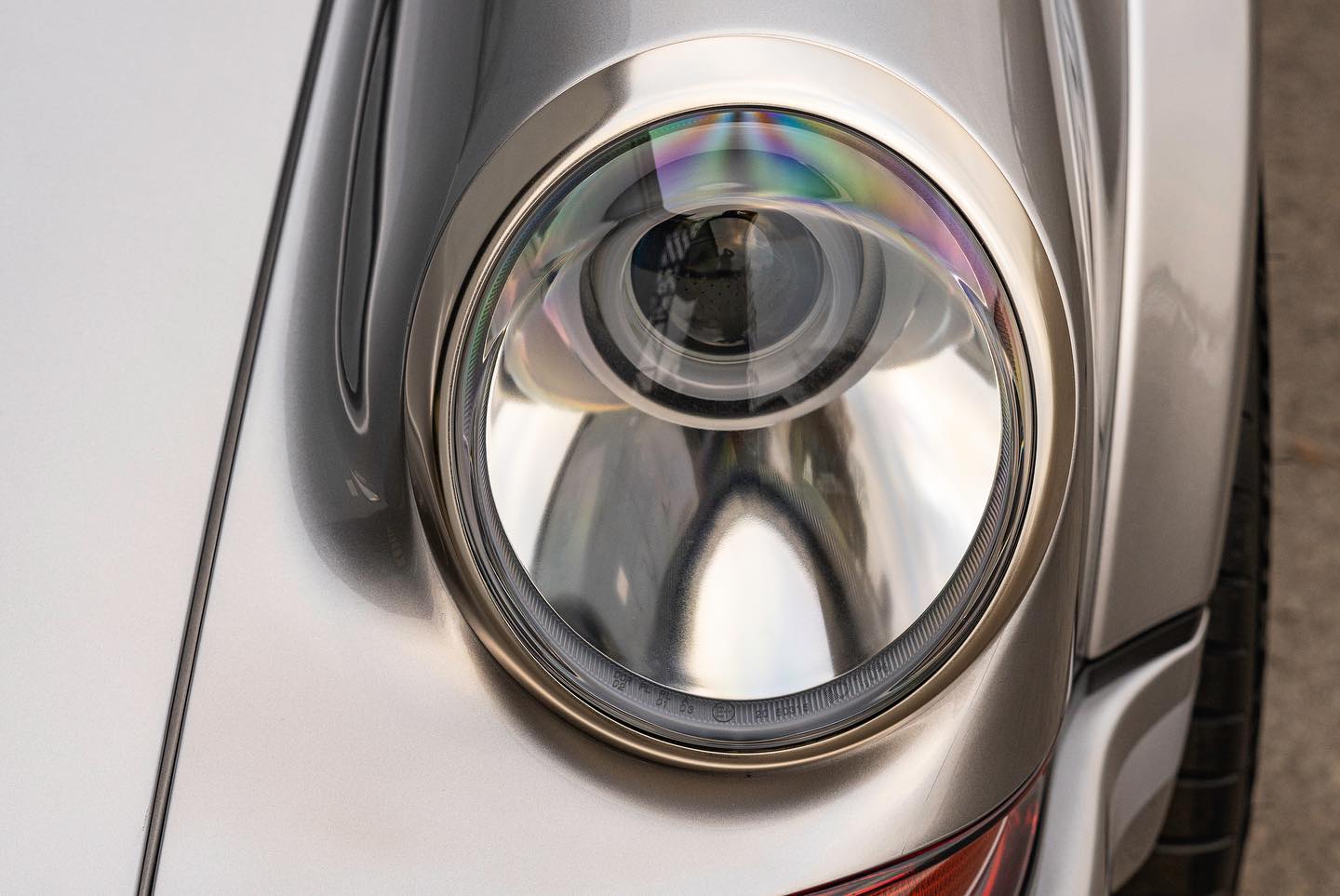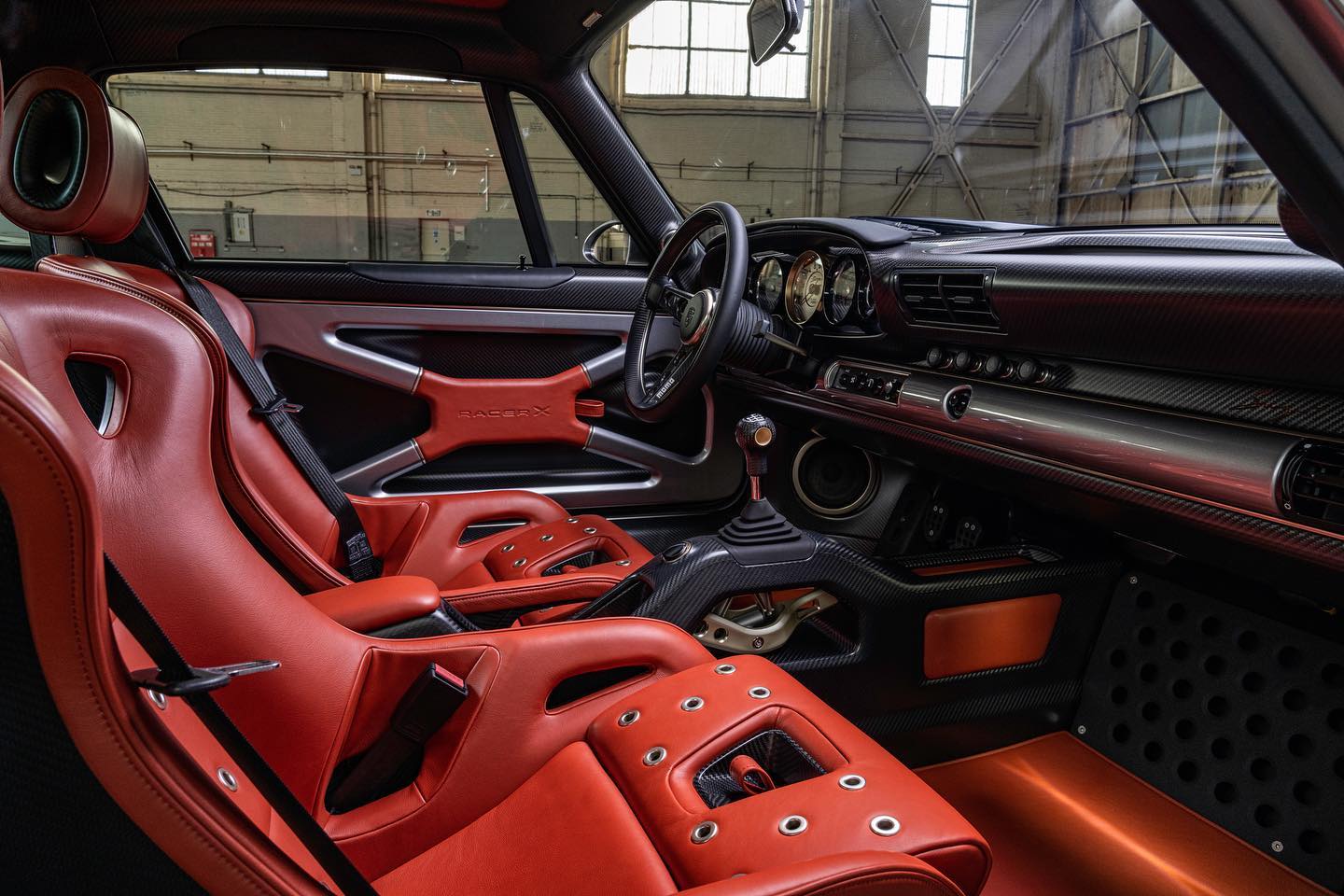Singer Vehicle Design – Racer X
Today, we take a closer look at the Singer Vehicle Designs “Racer X”. This car is a Dynamics & Lightweighting Study which means it was worked on by the team based at Singer’s UK center of operations. It looks like it was completed in July 2022.
As a reminder, Dynamics & Lightweighting Study cars are all powered by a specially developed 4.0L, 4-valves per cylinder, naturally aspirated, air-cooled flat-six that was a combination of Singer and Williams Advanced Engineering investments. The 4.0L flat-six is paired with a 6-speed, manual transmission, driving the rear wheels. Titanium valves are used, together with upper and lower injectors, to enhance performance. As part of the study, the engine has been moved forwards in the car to optimize chassis balance. The engine is paired with a lightweight, 6 speed, manual transmission, featuring a magnesium case and hollow shafts to reduce mass.
Racer X like all CLS cars leverages Computational Fluid Dynamics (CFD) modeling to drive design. The decision to locate air intakes in place of the rear side windows was made thanks to CFD. Air traveling along the sides of the car enters the intakes and then is fed into a U-shaped, carbon fiber intake. Finally the airflow is fed down into the engine, making use of a ram-air effect created by the intake system to increase pressure and optimize performance. The intake system developed through the Dynamics and Lightweighting Study is not only an integral part of the engine’s performance, it also contributes to the unmistakable sound of the flat-six.
There are also other elements that illustrate the wider aero development, informed by CFD analysis, undertaken during the study. There is a unique front spoiler and splitter and behind the spoiler sit twin oil coolers, and just ahead of the front wheels the exits for hot air from these coolers are visible, next to small winglets. Locating the exit vents in this position prevents the hot air from disturbing the airflow underneath the car. This combination eliminates front axle lift and also enables the rear diffuser to work more effectively.
Looking higher up on the car, there is a lowered channel running down the center of the roof. Airflow over the roof travels down this channel and then underneath the integrated bridge spoiler on the trailing edge of the roof. This combination helps to guide airflow down the back of the car and feeds the rear ducktail spoiler, to increase downforce. The angle of attack, height and Gurney flap developed for the ducktail were carefully optimized, as were the angle of the main plane and depth of the fences on the rear diffuser. These elements, from the front to the rear of the car, work in combination to support optimized aero balance and dynamic performance.
The interior of this car is appointed in Tomato – with the leather matched to sample, based on the owner’s preferred specification. Lightweight carbon-fiber track seats are specified with visible carbon fiber accents and polished nickel grommets. The car’s name is debossed in the leather door centers, while the door x-panels and dash center strip are matched to the car’s exterior in paint-to-sample Cool Dark Silver. In the rear compartment, the cross-brace, lower panels, and ram-air induction system for the unique 4-valves per cylinder, naturally aspirated, air-cooled flat six, are specified in visual carbon fiber.
Photo Credit: @bicesterheritage / Camera by: @actcreative































